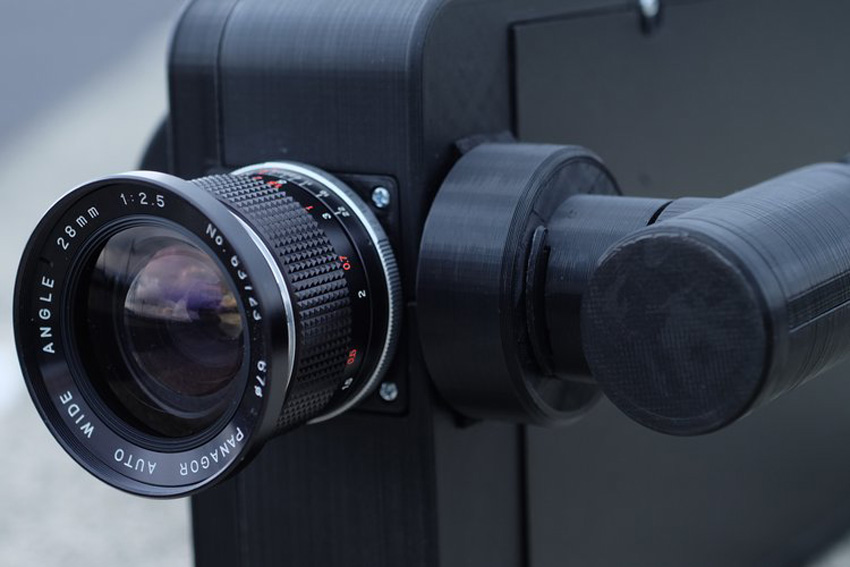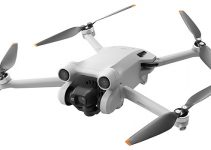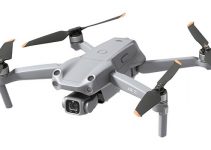Back in the day, when I went to film school, the medium of choice for budding filmmakers was 8mm film. Easy to find, and develop, it was more affordable than its 16mm or 35mm counterparts. But today, in the digital revolution, there are plenty of other options.
However, if you still want to keep things old school, there’s nothing like shooting on film, even if it is expensive. However, thanks to another revolution known as 3D printing, filmmakers like Yuta Ikeya are getting around the cost by printing their own 35mm cameras.

Image Credit – Yuta Ikeya
“The project was initiated by my interest in analog cinematography. As a film photographer, I knew shooting a movie with the film is insanely expensive,” Ikeya wrote on his website.
“Super 8 is relatively available and used widely by analog photographers/videographers, but its limited resolution makes the results difficult to achieve high quality. I decided to build a camera using ordinary photographic 35mm film.”
Ikeya’s 3D printed film camera looks like one of the first generation VHS camcorders and is designed to use 35mm picture film that has been spliced together in a dark room and loaded onto his own designed film and takeup cartridges.
The idea of using color negative still film keeps costs down and makes the development of the film far more affordable than sending it into a motion picture lab.

Image Credit – Yuta Ikeya
The downsides are that the cartridges can only carry two rolls worth of film, which isn’t much usable, not including threading the camera itself. However, with film timing accomplished courtesy of an Arduino computer board, Ikeya is able to adjust and regulate the frames per second at a 3:2 aspect ratio.
Doing the math, one can figure that Ikeya can squeeze out about 10 seconds total for two rolls of 35mm film spliced together. Not a huge amount of time, to be sure. But with further 3D modeling, like perhaps placing the roll cartridges on top of the camera, rather than inside it, the amount of film used could be expanded without making the camera too large to hold.

Image Credit – Yuta Ikeya
There’s no way to add sound to the film, either, but in today’s non-linear editing workflow that’s less of a concern since a separate audio track can be married in post. The image is also a bit rustic, considering
Ikeya hasn’t approached the quality of even Super 8 just yet and says his 3D printed movie camera is currently just a proof of concept. However, it is rather intriguing, and Ikeya says it opens up the possibility of using 3D printing to create custom film cameras for really creating really interesting content.
That much is true, and with some further refinement, Ikeya’s 3d printed movie camera could perhaps start its own revolution.
Sadly, he hasn’t posted any of his 3D models online for others to tinker with. But you can find out more about Ikeya’s creation on his website. Who knows? With enough interest, maybe he will.
[source: Yuta Ikeya]
Disclaimer: As an Amazon Associate partner and participant in B&H and Adorama Affiliate programmes, we earn a small comission from each purchase made through the affiliate links listed above at no additional cost to you.



